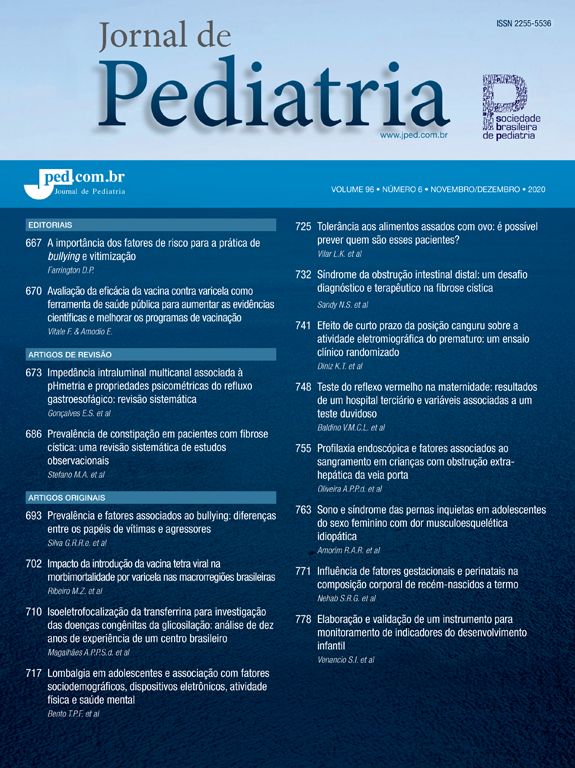Having the purpose of identifying those newborn who have suffered from abnormal intrauterine growth, a standard of intrauterine growth has been drawn at the maternity ward of Hospital Regional da Asa Sul (HRAS-FHDF-Brasília), by studying the variables of weight, length, cephalic perimeter, weight of the placenta (with the cord and membranes), weight rate and the relative placentary rate. The starting number of 8,271 live births which happened between July 1989 and March 1991 was cut down to 4,413 due to the exclusion of interfering factors of foetus growth (smoking mother, multiple gestation, hemorrhage during the 2nd and 3rd trimestres, chronic anaemia, arterial hypertension, pre-eclampsia and eclampsia), in addition to the exclusion of those mothers who could not remember the date of their last period or were in doubt about it. Comparing this standard of intrauterine growth to the ones in literature, the present values are higher, most of the times, from weeks 30 to 37-38, and after that there is a slowing down similar to the pattern observed in placentary growth. This study proposes a standard adequate to the assessment of intrauterine growth in Brasília and other regions, mainly at the Centre-West Region, where the population should be similar to the one studied here.
O fator de impacto mede o número médio de citações recebidas em um ano por trabalhos publicados na revista durante os dois anos anteriores.
© Clarivate Analytics, Journal Citation Reports 2025
O CiteScore mede as citações médias recebidas por documento publicado. Mais informação
Ver maisSJR é uma métrica de prestígio baseada na idéia de que todas as citações não são iguais. SJR utiliza um algoritmo similar ao page rank do Google; é uma medida quantitativa e qualitativa ao impacto de uma publicação.
Ver maisSNIP permite comparar o impacto de revistas de diferentes campos temáticos, corrigindo as diferenças na probabilidade de ser citado que existe entre revistas de distintas matérias.
Ver mais







